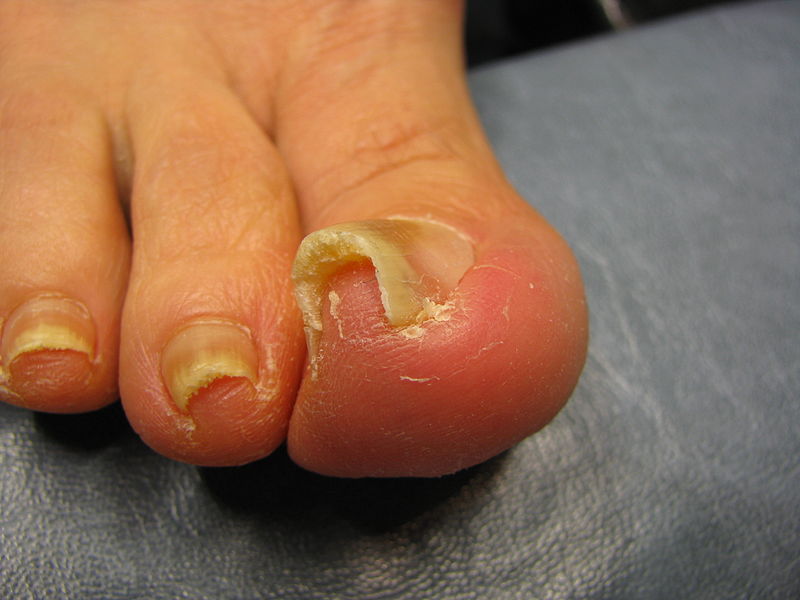Curved toenails, medically referred to as onychocryptosis, are a common foot issue affecting individuals of all ages. While they may not appear to be a serious concern, curved toenails can lead to discomfort, pain, and even infection if left untreated. The curvature of the nail can press into the surrounding skin, causing tenderness, redness, and eventually ingrown toenails.

Image: tricksfx.com
Fortunately, there are numerous effective remedies available to address curved toenails. This comprehensive guide will delve into the causes, types, and treatment options for curved toenails, empowering you with the knowledge to restore your nail health and regain comfort.
Causes of Curved Toenails
Understanding the underlying causes of curved toenails is crucial for effective treatment. Here are the most common contributing factors:
-
Improper Footwear: Wearing shoes that are too tight or too loose can exert pressure on the toenails, resulting in curvature.
-
Nail Trauma: Injuries, such as stubbing or dropping something heavy on your foot, can damage the nail bed and alter nail growth.
-
Fungal Infection: Onychomycosis, a fungal infection of the nail, can weaken and thicken the nail, leading to curvature.
-
Genetics: Some individuals may inherit a predisposition to developing curved toenails.
Types of Curved Toenails
Curved toenails can present in different forms, depending on the severity of curvature and the underlying cause:
-
Mildey Curved Nails: The nail exhibits a slight curvature without significant discomfort or impact on nail function.
-
Severely Curved Nails: The nail is markedly curved, causing pressure on the surrounding skin and pain.
-
Involuted Toenails: The nail has grown into the skin, leading to intense pain and inflammation.
-
Pincer Nails: The edges of the nail curve inward, pressing into the skin on both sides of the nail.
Treatment Options for Curved Toenails
- Home Remedies:
-
Soaking: Regularly soaking the affected foot in warm water infused with Epsom salt helps soften the nails and reduce inflammation.
-
Trimming: Trim the curved nails carefully, ensuring that they do not cut into the skin. Use a sharp toenail clipper and cut straight across, avoiding rounded edges.
-
Over-the-Counter Anti-Fungal Creams: If a fungal infection is suspected, apply over-the-counter anti-fungal creams to the affected area as directed.
- Medical Treatments:
-
Nail Braces: These devices are applied to the curved nail to gently lift it and correct its growth direction.
-
Oral Medications: In severe cases, particularly when fungal infections are present, oral antifungal medications may be prescribed.
-
Surgery: Surgery may be necessary in extreme cases where other treatments have failed. The surgeon will remove part or all of the curved nail to relieve pain and prevent infection.
- Preventing Recurrence:
Once curved toenails have been treated, it is essential to take steps to prevent recurrence:
-
Wear Appropriate Footwear: Choose shoes that fit properly and provide ample toe space.
-
Trim Toenails Regularly: Keep toenails trimmed to an appropriate length to prevent pressure buildup.
-
Maintain Good Hygiene: Wash your feet daily and keep them dry to prevent fungal infections.
-
Seek Professional Help: Consult a podiatrist if curved toenails persist or become painful to avoid complications.

Image: careforyoo.com
How To Fix Curved Nails
Conclusion
Curved toenails are a common foot issue that can cause discomfort and infection if left untreated. By understanding the causes, types, and treatment options, you can effectively address this condition and restore the health and beauty of your toenails. Home remedies, medical treatments, and preventative measures can work together to alleviate pain, prevent recurrence, and promote overall foot health.